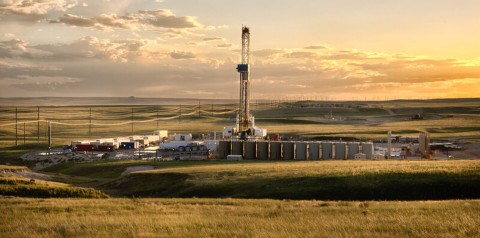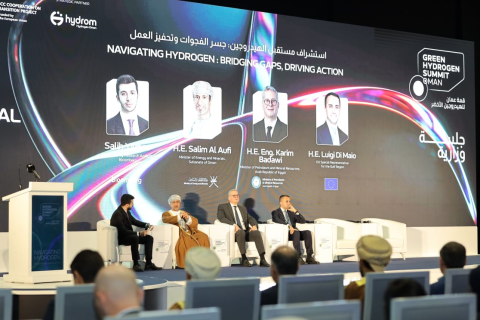At one of its natural gas compression units in Istrana, Italy, Snam performed a series of tests in November that were intended to explore the use of hydrogen as a fuel to power gas turbines.
The experiment, which was the first of its kind globally and carried out in collaboration with Baker Hughes, an energy technology company, demonstrated the compatibility of the various assets with the use of a blend of hydrogen (at 10%) and natural gas.
The Istrana facility is one of 13 compression stations along Italy’s gas transportation network. These stations are used to enhance gas as it passes through pipes to the various consumption points throughout the nation. The Baker Hughes-designed and -built NovaLT12 turbine, which is “hydrogen-ready,” has been placed in this country’s first compression facility.
In comparison to using only natural gas, the current fleet will be able to reduce CO2 emissions more by incorporating hydrogen in increasing amounts (from the 10% blend tested up to volumes between 15% and 20%). Based on operating data for 2021, it would be possible to prevent almost 20,000 tons of CO2 emissions annually by permanently using 10% hydrogen in all of the Snam group’s PGT25 turbines, further reducing the already minimal impact of natural gas supply.
In order to extend hydrogen compatibility tests to its entire fleet of turbocompressors, Snam intends to keep working with turbine suppliers.
Snam conducted the tests in collaboration with Baker Hughes, the company’s partner in both the field test activities and the supply of the new NovaLT12 turbine. In the latter, Siad provided the hydrogen along with Saipem and Max Streicher serving as technology partners.
The initiative’s objective is to keep evaluating the current gas infrastructure for hydrogen compatibility so that it is prepared to transport this molecule, which will be crucial to the energy transition process.
Snam was the first company in Europe to experiment with injecting hydrogen, initially at 5% and then at 10%, into a section of its high-pressure gas transport network in 2019.












